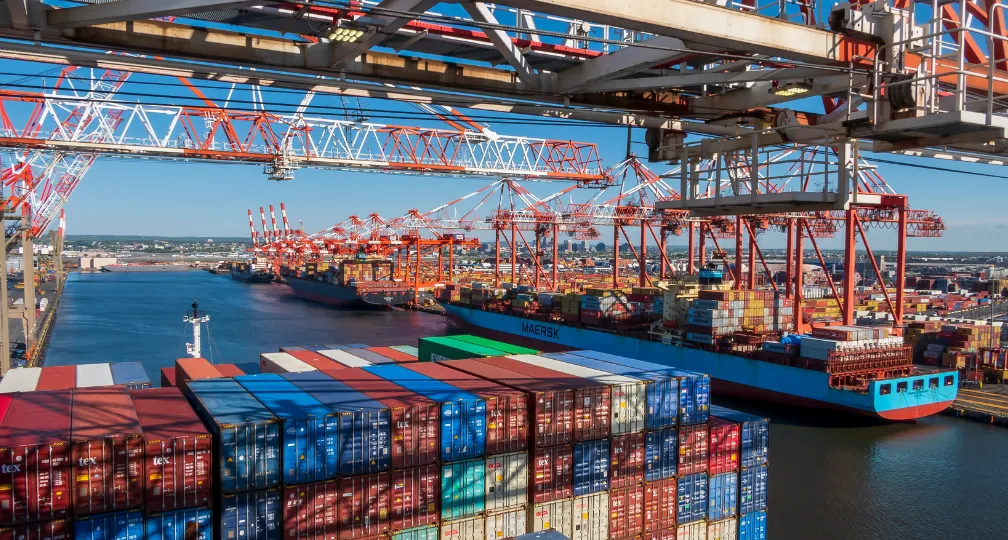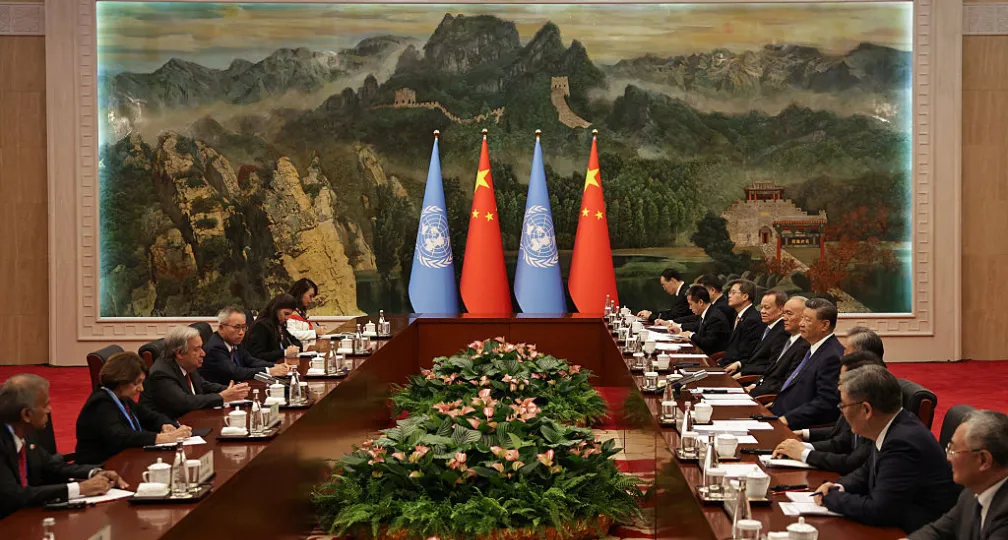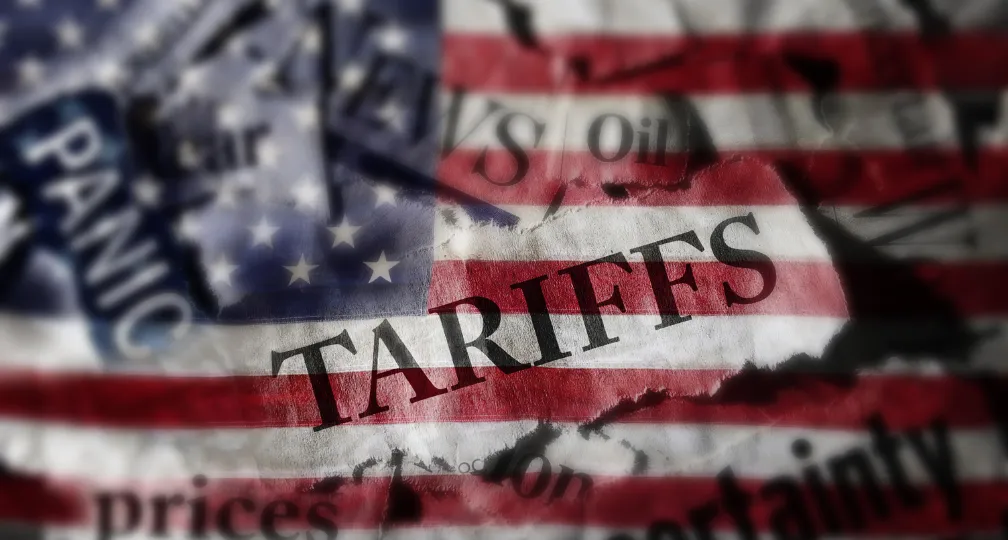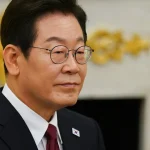IOG Economic Intelligence Report (Vol. 3 No. 23)

The latest regulatory developments on economic security & geoeconomics
By Paul Nadeau, Visiting Research
Fellow, Institute of Geoeconomics (IOG)
Trump Returns to White House: Donald Trump won the U.S. presidency after defeating Vice President and Democratic candidate Kamala Harris. His election is notable given his campaign’s emphasis on trade issues and tariffs – Trump has promised 60 percent tariffs on all goods on China, and 10 to 20 percent tariffs on all goods entering the United States, with tariffs as high as 100 percent on products like autos. His international economic team has not yet been confirmed, but reports have cited the possibility that Robert Lighthizer, U.S. Trade Representative in the first Trump administration, will be considered for a post. Former Trump speechwriter Vince Haley, Kevin Warsh, a former member of the Federal Reserve Board of Governors, and Lighthizer’s former chief of staff Jamieson Greer are also expected to be involved in developing the Trump administration’s international economic policy.
South Korea Proposes Bill to Support Chip Producers: South Korea’s ruling party has proposed a bill to provide chipmakers with subsidies and an exemption from working hour caps. The special chips act, which needs approval of the opposition to pass, is believed to come in anticipation of Donald Trump’s tariffs on imports from China which would in turn lead China to export cut-rate products on other markets and potentially undercut Korea’s chip manufacturers in overseas markets.
United States Asks TSMC to Cooperate on Advanced Chip Exports to China: The U.S Department of Commerce reportedly ordered Taiwan’s TSMC to halt shipments of advanced chips of 7 nanometers or less with possible artificial intelligence (AI) applications to customers in China. The order was issued as an “informed letter” which allows the U.S. government to bypass rule-making processes to impose licensing requirements on specific companies.
EU & Japan Reach Agreement on Security Cooperation: The European Union and Japan announced an agreement to launch a defense and security partnership that will lay the groundwork for future cooperation during the first-ever Japan-EU Foreign Ministers’ Strategic Dialogue on November 1. The goal of the partnership is to frame, streamline and enhance bilateral cooperation and dialogue on issues such as naval training and capacity building of other Indo-Pacific countries, counterterrorism, and exploring the possibility of joint initiatives in the defense industry. The pact will come into effect in the beginning of 2025.
Nippon Steel Presses Ahead with Deal: Nippon Steel’s leadership hopes to close its $15 billion deal to purchase U.S. Steel before the inauguration of Donald Trump in January. Trump has pledged to block the deal once he is president. The Committee on Foreign Investment in the United States (CFIUS) has extended its review of the deal until the end of December.
Biden Administration Finalizes Rule on Real Estate Purchases Near Military Bases: The Biden administration finalized a rule give the Executive Branch the authority to review real estate purchases near U.S. military bases for national security threats. The U.S. Treasury Department rule, which was first proposed in July 2024, adds nearly 60 facilities across 30 states to its review list and would expand the jurisdiction of the Committee on Foreign Investment in the United States (CFIUS) to about 227 military installations. The rule will take effect in December.
Japan and Peru to Cooperate on Critical Minerals: Japan and Peru plan to sign a joint statement on cooperation in mineral mining technology with the goal of strengthening their supply chains for critical minerals through Japanese technology. The report comes in advance of the Asia Pacific Economic Cooperation (APEC) summit in Peru on November 15 and comes amidst China’s expanding economic relationships in Peru.
Analysis: Here Comes the Tariff Man
After months or even years of uncertainty, there’s finally an answer to who will occupy the White House after January 20, 2025: Donald Trump, the self-proclaimed “Tariff Man”. He’s described tariffs as a “beautiful” word, has suggested using them to replace taxes as the source of revenue for the federal government, and put the 1930 Smoot-Hawley Tariff back into the political lexicon after it was only the purview of economic historians and fans of “Ferris Bueller’s Day Off”. His first administration included tariffs on steel and aluminum imports from almost every country and raised tariffs on more than half of goods imported from China.
He seems primed to double down in his second administration, promising 60 percent tariffs on all goods from China, and 10 to 20 percent tariffs on all goods entering the United States, with tariffs as high as 100 percent on products like autos. Reports have suggested that Trump and his team will move quickly on tariffs, likely within the first 100 days of his presidency. Politico reported that one person familiar with Trump’s policy planning said that “There’s one policy area that’s going to be defining for the second Trump administration, and that’s tariffs…And there’s a very small group of people working on that and it’s the most important part of the policy planning for the second administration.”
The impact of Trump’s tariffs and how companies and other economies may adapt is a topic for another day. For now, the emphasis should be on the fact that there won’t be much to restrain Trump in his promises and few institutional or legal guardrails to hold him back. While Article 1, Section 8 of the Constitution gives Congress the authority to regulate foreign commerce and set tariff levels, Congress has ceded significant authority to the Executive Branch on tariffs and trade policy. The rationales made sense in the given context – since tariffs were no longer necessary to raise revenue following the creation of the federal income tax and because tariff levels came to be seen as a negotiating tool with foreign countries, Congress chose to cede some of its authority to the White House to allow them an easier hand in international negotiations. As trade became more complex and covered more issues, such as national security, Congress accordingly ceded further authority in this space to the Executive Branch.
This system mostly worked – presidents generally respected the limits on their authority and the Executive Branch and Congress collaborated on trade policy for most of the post-World War II era through mechanisms such as Trade Promotion Authority. But most institutional frameworks require a certain good faith between the actors. The potential to defect is always present if one side decides they don’t want to abide by the constraints and the other side choses not to impose any punishment for defection.
That moment came for U.S. trade policy in 2018, when Trump raised tariffs on steel and aluminum imports with authority granted under Section 232 of the Trade Expansion Act of 1962, which allows the president to raise tariffs in response to threats to national security. It was a thin justification, but good enough that it never faced significant pushback from Congress, and the Biden administration chose to rely on the national security justification again when it chose to continue the tariffs. If Trump wants to raise tariffs, Section 232 would be a logical mechanism to rely on.
There are other tools. Section 301 of the Trade Act of 1974 allows the president to raise tariffs in retaliation against unfair trade practices and will be familiar to anyone with long memories as the mechanism that the United States used to pressure Japan on its semiconductor exports in the 1980s, but has also been used by the Biden administration to respond to China’s overcapacity. Trump relied on the International Emergency Economic Powers Act of 1977 when he tried to pressure Mexico to stop the flow of migrants across its border with the United States. This bill allows the president to regulate imports when confronted with an “unusual and extraordinary threat, which has its source in whole or substantial part outside the United States.” There’s also Section 338 of the Tariff Act of 1930 allows the president to raise tariffs against countries that discriminate against U.S. exports.
Congress isn’t entirely out of the picture – for example, Permanent Normalized Trade Relations with China could be revoked only with an act of Congress. Congress could also always revise existing authority to claw back control from the Executive Branch. But this is unlikely for the next two years given Republican control of the Senate, an extremely close margin in the House of Representatives (House control is still uncertain at the time of writing), and the fact that Democrats have generally been on board with protectionist policies to this point. On top of that, former U.S. Trade Representative Robert Lighthizer is known for his skill and finding ways to make the law meet the Trump administration’s ambitions, a role he will certainly reprise in a second administration even if the exact position is yet to be determined.
So whatever the possible impact of Trump’s tariffs, it has to be recognized that the possibility of this happening is very real and there’s very little in the U.S. system that’s capable of stopping him. The question of Trump’s tariffs shouldn’t be “if” but “on what”, “how high”, and “when”.
(Photo Credit: Shutterstock)
Disclaimer: The views expressed in this IOG Economic Intelligence Report do not necessarily reflect
those of the API, the Institute of Geoeconomics (IOG) or any other organizations to which the author belongs.
API/IOG English Newsletter
Edited by Paul Nadeau, the newsletter will monthly keep up to date on geoeconomic agenda, IOG Intelligencce report,
geoeconomics briefings, IOG geoeconomic insights, new publications, events, research activities, media coverage, and
more.


Visiting Research Fellow
Paul Nadeau is an adjunct assistant professor at Temple University's Japan campus, co-founder & editor of Tokyo Review, and an adjunct fellow with the Scholl Chair in International Business at the Center for Strategic and International Studies (CSIS). He was previously a private secretary with the Japanese Diet and as a member of the foreign affairs and trade staff of Senator Olympia Snowe. He holds a B.A. from the George Washington University, an M.A. in law and diplomacy from the Fletcher School at Tufts University, and a PhD from the University of Tokyo's Graduate School of Public Policy. His research focuses on the intersection of domestic and international politics, with specific focuses on political partisanship and international trade policy. His commentary has appeared on BBC News, New York Times, Nikkei Asian Review, Japan Times, and more.
View Profile-
 Japan-India Defense in a Fragmenting Indo-Pacific2025.12.10
Japan-India Defense in a Fragmenting Indo-Pacific2025.12.10 -
 The “Economic Security is National Security” Strategy2025.12.09
The “Economic Security is National Security” Strategy2025.12.09 -
 India - Japan: The Glimpse of a Shared Vision2025.12.05
India - Japan: The Glimpse of a Shared Vision2025.12.05 -
 Beijing’s ‘Globalist’ Agenda Under Trump 2.02025.12.01
Beijing’s ‘Globalist’ Agenda Under Trump 2.02025.12.01 -
 Trump’s Tariffs Might Be Here to Stay – No Matter Who’s in Power2025.11.28
Trump’s Tariffs Might Be Here to Stay – No Matter Who’s in Power2025.11.28
 Event Report: The Trump Tariffs and Their Impact on the Japanese Economy2025.11.25
Event Report: The Trump Tariffs and Their Impact on the Japanese Economy2025.11.25 The Real Significance of Trump’s Asia Trip2025.11.14
The Real Significance of Trump’s Asia Trip2025.11.14 The “Economic Security is National Security” Strategy2025.12.09
The “Economic Security is National Security” Strategy2025.12.09 The long road to a South Korea-U.S. trade deal2025.11.26
The long road to a South Korea-U.S. trade deal2025.11.26 India’s Structural Reforms: Opportunities and Risks2025.11.14
India’s Structural Reforms: Opportunities and Risks2025.11.14











